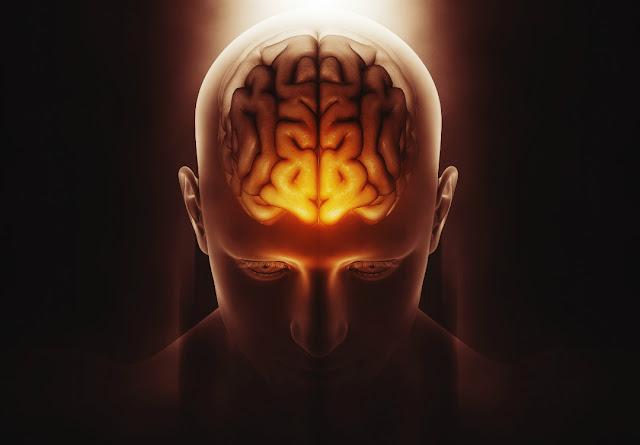Brain Activity and Functional Connectivity Associated with Hypnosis
Hypnosis has proven clinical utility, yet changes in brain activity underlying the hypnotic state have not yet been fully identified. Hypnosis, or trance, is an altered state of mind in which a person is highly responsive to suggestion. While in trance, a hypnotic subject is focused entirely on certain ideas to the exclusion of all others.Previous research suggests that hypnosis is associated with decreased default mode network (DMN) activity and that high hypnotizability is associated with greater functional connectivity between the executive control network (ECN) and the salience network (SN). We used functional magnetic resonance imaging to investigate activity and functional connectivity among these three networks in hypnosis. However, in recent years, advances in cognitive science have found trance to be a natural state, grounded in the principle workings of the mind.
When the brain is affected by hypnosis — a trance-like state with focused attention and reduced peripheral awareness — it faces an extreme reduction in its activities, although simple perception still takes place, according to a new study. The role of hypnosis and related psychotherapeutic techniques are discussed in relation to the anxiety disorders. In particular, anxiety is addressed as a special form of mind/body problem involving reverberating interaction between mental and physical distress.


Comments
Post a Comment